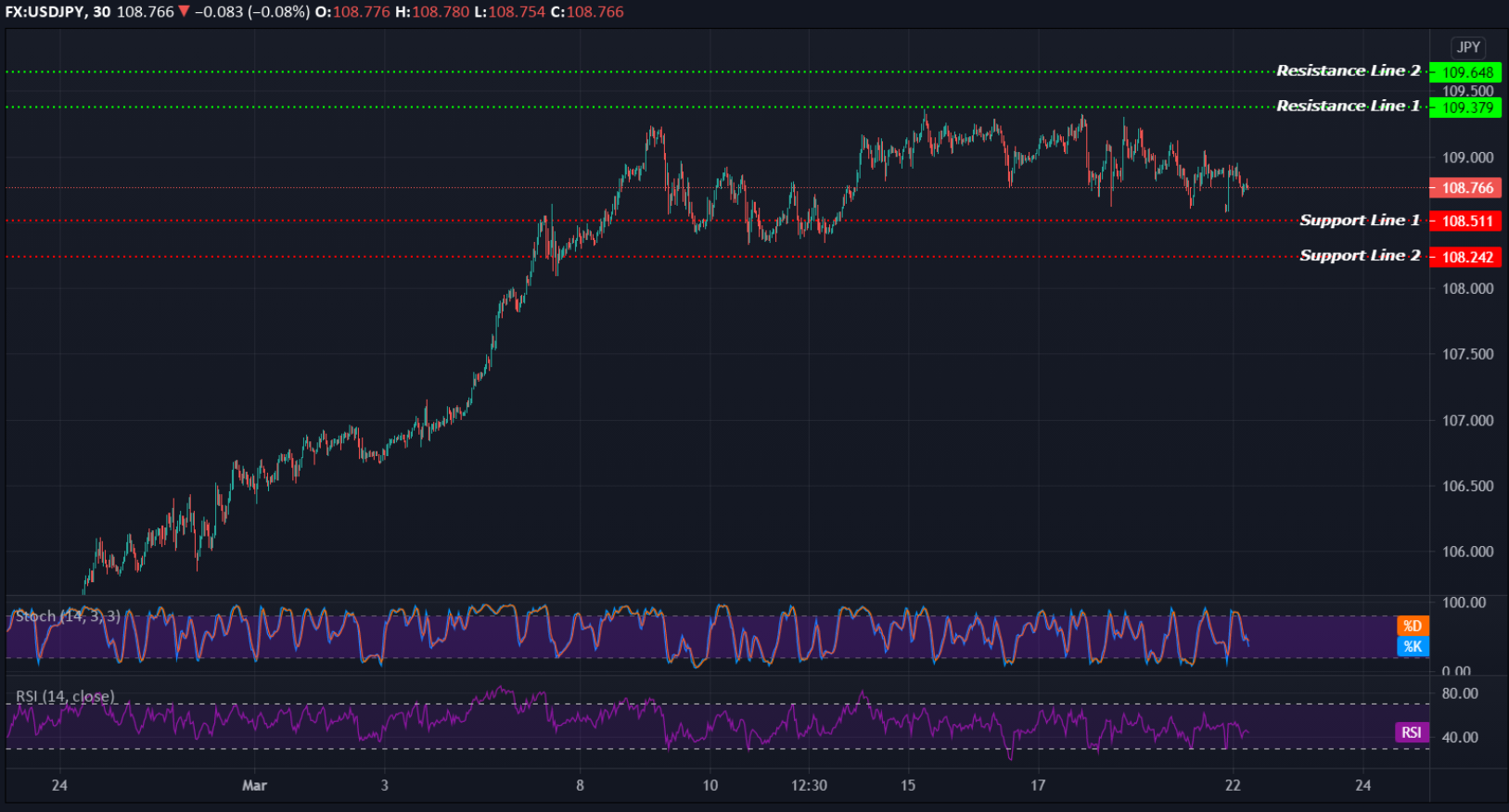EQUITIES
Asia-Pacific markets traded mixed on Monday, led by Japan’s Nikkei 225 that fall -1.95%, partly on speculation that Japanese retail investors could face losses on large long positions in the high-yielding lira. In Hong Kong, the Hang Seng index declined -0.16%, while the India’s S&P BSE Sensex index shed -0.85%, and the South Korea’s KOSPI fell -0.03%.
Elsewhere, mainland Chinese markets rose by the afternoon, with the Shanghai composite up 0.82%. The Australian ASX 200 were higher, up 0.66%, and the Singapore’s Straits Times index gained 0.18%.
OIL
Oil prices resumed their decline on Monday, falling around 1% following the softening physical oil market in the wake of yet more European lockdowns, U.S. dollar strength and the unwinding of long positions. Concerns about near-term demand and the uneven recovery from the pandemic also continue to linger. Saudi Arabia, meanwhile, saw another assault on its energy facilities.
The Brent crude futures traded to $64.19 per barrel, while the U.S. crude futures at $61.21 per barrel.
On Friday, the Brent closed higher at $64.53 for Brent while WTI futures ended at $61.42 per barrel.
CURRENCIES
Investors flocked towards the safety of the dollar as Turkey replacing its central bank governor. U.S. bond yields also continued to strengthen the greenback. Yields on 10-year Treasury notes edged down five basis points to 1.68%, suggesting some favoured safe havens.
The dollar was trading more than 12% higher on the Turkish lira, after President Tayyip Erdogan stunned investors over the weekend by replacing the hawkish central bank governor with a critic of high interest rates. The plunge in the lira sparked talk that capital controls might be needed to stem the rout, though the wider fallout was relatively restrained for the moment.
The onshore yuan held steady the greenback after China kept its benchmark lending rate for corporate and household loans unchanged for an 11th straight month.
A decline in risk appetite also weighed on the antipodean currencies, though limited as the currencies will still benefit from rising commodity prices and an acceleration in global trade.
GOLD
Concerns about developments in Turkey pressured the old prices, fell more than 5% to trade at $1,739.30 an ounce, while shed to around $1,739.80 per ounce for gold futures. Previously closed at $1,744.90 and $1,741.70, respectively.
ECONOMIC OUTLOOK
Asian markets turned mixed as bonds bounced on Monday. Investors are still struggling to deal with the recent plunge in the Turkish lira and surge in U.S. bond yields and weaker oil market performance, which has left equity valuations for some sectors, particularly tech and energy sectors, looking stretched.
China’s one-year loan prime rate (LPR) and five-year LPR were left unchanged at 3.85% and 4.65%, respectively, on Monday.
To date, number of confirmed worldwide cases for COVID-19 pandemic has surpassed 123.16 million, recording more than 2.71 million fatality globally.
TECHNICAL OUTLOOK
[USDJPY]
Important Levels to Watch for Today:
- Resistance line of 109.379 and 109.648.
- Support line of 108.511 and 108.242.
Commentary/ Reason:
After an initial slip to a 1-week low concerning Turkey central bank situation, the dollar soon steadied at 108.766 yen.
The stabilization on the yields on 10-year Treasury notes suggesting that some investors favoured safe havens.
Supporting the yen were concerns Japanese retail investors that have built long lira positions, a popular trade for the yield-hungry sector, might be squeezed out and trigger another round of lira selling.
Bank of Japan Governor Haruhiko Kuroda said on Monday that the central bank would not stop buying ETFs or sell them as it tries to make its easing tools more flexible and sustainable under its yield curb control policy. Kuroda also pledged to stick to the 2% inflation target, which he described as a global standard, as it helps stabilise currencies among major economies.















